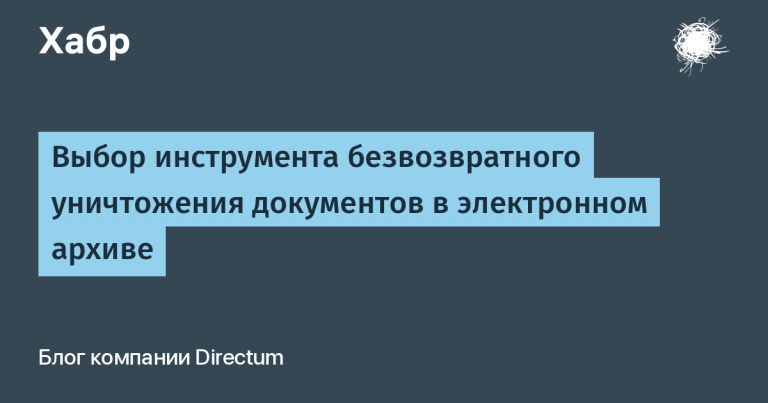All in good time: gerontologists have determined the maximum age of a person at 150 years
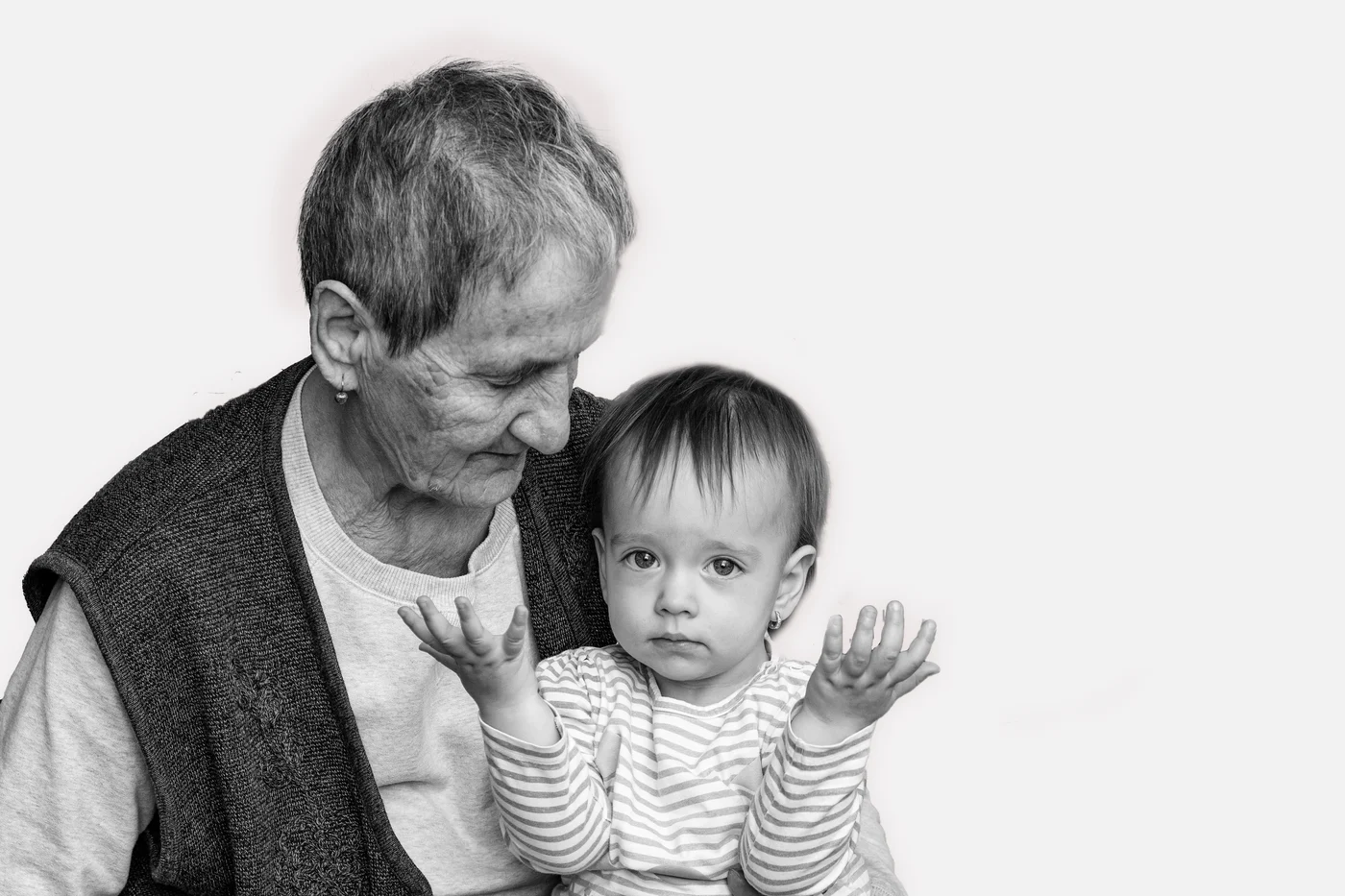
In the modern world, only one documented case is known when a person lived to be 122 years old. In 1997, the oldest inhabitant of the Earth, the Frenchwoman Jeanne Kalman, died. Scientists are still questioning this story. They consider it suspicious that no one has broken the record over the past two decades, although life expectancy has been growing steadily. Perhaps this question will soon be answered. A group of gerontologists from Russia, Singapore, the USA and a biotech startup are closely studying the problems of longevity. Gero…
Scientists headed by Peter Fedichev and Timofey Pyrkov studied not the maximum endurance of the body, which seems to be more logical, but the rate of its aging was estimated. Using indicators of a general blood test, they built a model of age-related changes in the body and identified the main factors influencing the health of modern people.
The researchers decided to consider the problem of aging in terms of the rate of wear and tear of the body. For analysis, they received a database from the British biobank UK Biobank and participants in the US National Health Survey (NHANES). These are clinical blood tests of> 500 thousand patients, analyzed the data and selected Complete Blood Count as a marker of aging, which includes several indicators at once.
Researchers have identified a dynamic organism state indicator. This combined DOSI indicator became the subject of research. The project participants hypothesized that DOSI is a biomarker that determines the rate of human decline.
What the study showed
It turned out that the DOSI indicator varies unevenly throughout the life of people:
- from 0 to ~ 20 years – growing;
- ~ 20 – ± 50 years – reaches a plateau, almost does not change;
- > 50 years – growing again.
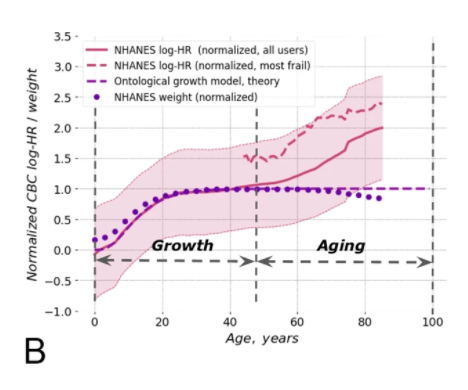
Any chronic diseases, diagnoses, bad habits affect the deviation of DOSI from the average values. For example, heavy smokers have a markedly higher DOSI than others.
Further, scientists switched to common cases. And they began to investigate the individual trajectories of aging.
Private stories
Human health fluctuates greatly throughout life, respectively, the marker can change under the influence of different conditions. Scientists decided to find out the dynamics of these changes.
In the end, they compared the blood test results and the physical activity data obtained from the wearable trackers.
1. Blood tests.
For this study, they took data from another biobank on healthy men and women, only about 400 people under the age of 90. All these people donated blood on a regular basis in the Russian laboratory InVitro – at least 10-20 times in three years. The results showed that the time it takes for DOSI to return to balance increases with age. The older a person is, the more time it takes to recover from the influence of such negative factors as severe stress, serious illness, bad habits. It is likely that in old age this ability is completely lost.
The study also found that the estimated threshold for DOSI recovery is 120 years. After this limit, it cannot recover.
2. Wearable physical activity trackers.
The study used data from> 3800 people. Then the data on the level and nature of physical activity were taken as a basis.
In this case, the resulting age limit was already 150 years.
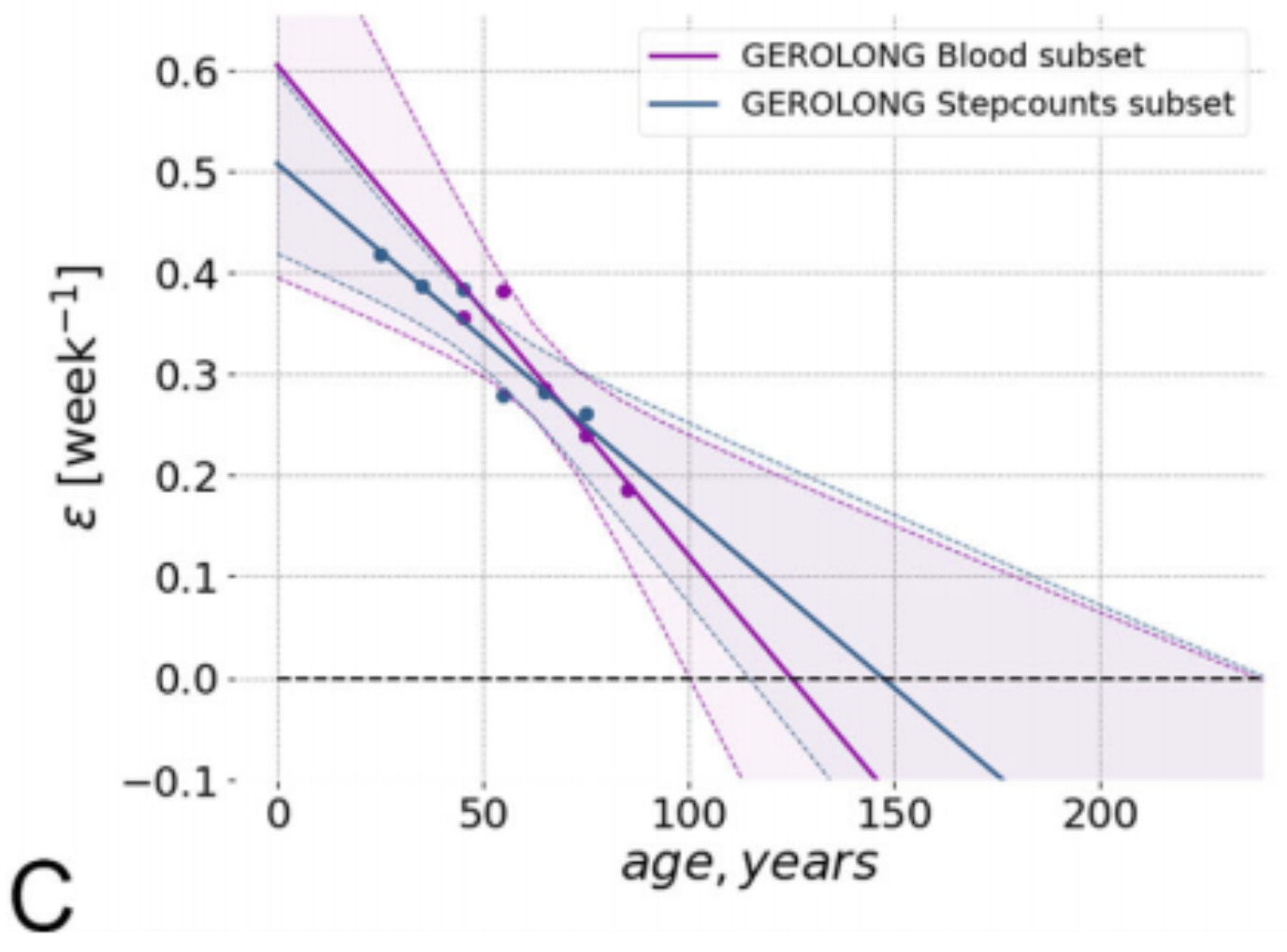
The graph shows the rate of return to steady state. On the horizontal line we see age. Purple line – calculations based on blood tests. Blue – based on measurements of physical activity.
New hypothesis
All these studies have led scientists to a new hypothesis about aging. They decided that the state of the human body does not change linearly, but in a specific way. It can be described by a three-dimensional model.
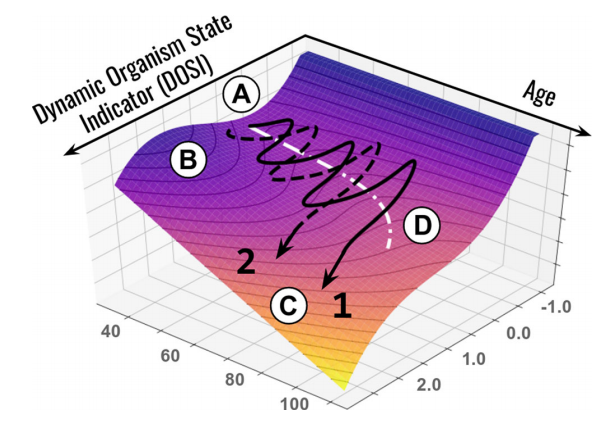
There are two planes in it: in one – health remains stable, in the other – unstable. The planes are separated by a kind of barrier. Various triggers shake the state of the body, making it worse. But at a certain age, he manages to return to a safe zone, and at another – no longer. And the more difficult it is, the more time passes from the moment of the stressful event. During life, the human body goes through a certain wave of oscillations, which eventually dies out and leads to its death.
What conclusions prompted the study of this hypothesis of aging:
Firstly, scientists decided that anti-inflammatory drugs will act differently on the body depending on age. For the young, it is almost imperceptible, since recovery is proceeding quickly, but for the elderly, life will be significantly prolonged.
Secondly, the limit for a person is 120 – 150 years. Since it is simply physically impossible to further shake the state. And the existing drugs are also not suitable for this. They only lead to the swinging of the “pendulum” of health, and it is necessary to lower the barrier between the planes of states.
What else

The authors of the study, Timofey Pyrkov and Petr Fedichev, have been dealing with the problems of gerontology for a long time. As part of Gero, they are developing ways to overcome all kinds of aging factors.
This March, scientists published another interesting article on gerontology. So, they conducted a comprehensive analysis of all sorts of factors affecting the longevity of a modern person. Then, using this data, a neural network was trained.
Net gets information from sensors of wearable gadgets, analyzes habits and lifestyle in real time. The neural network was named GeroSense. The model is based on the biological age of the organism.
Scientists have found that it can change under the influence of stress, deviate for several weeks, and then return to a pre-stress state. Therefore, you need to look only at changes in bio age, lasting several months.
The researchers then decided that stress tolerance and self-healing could become markers of aging. Aging in this case means precisely the loss of the ability to recover. It is noteworthy that Gero sees no barriers to eliminating the barriers to maximizing life expectancy.





